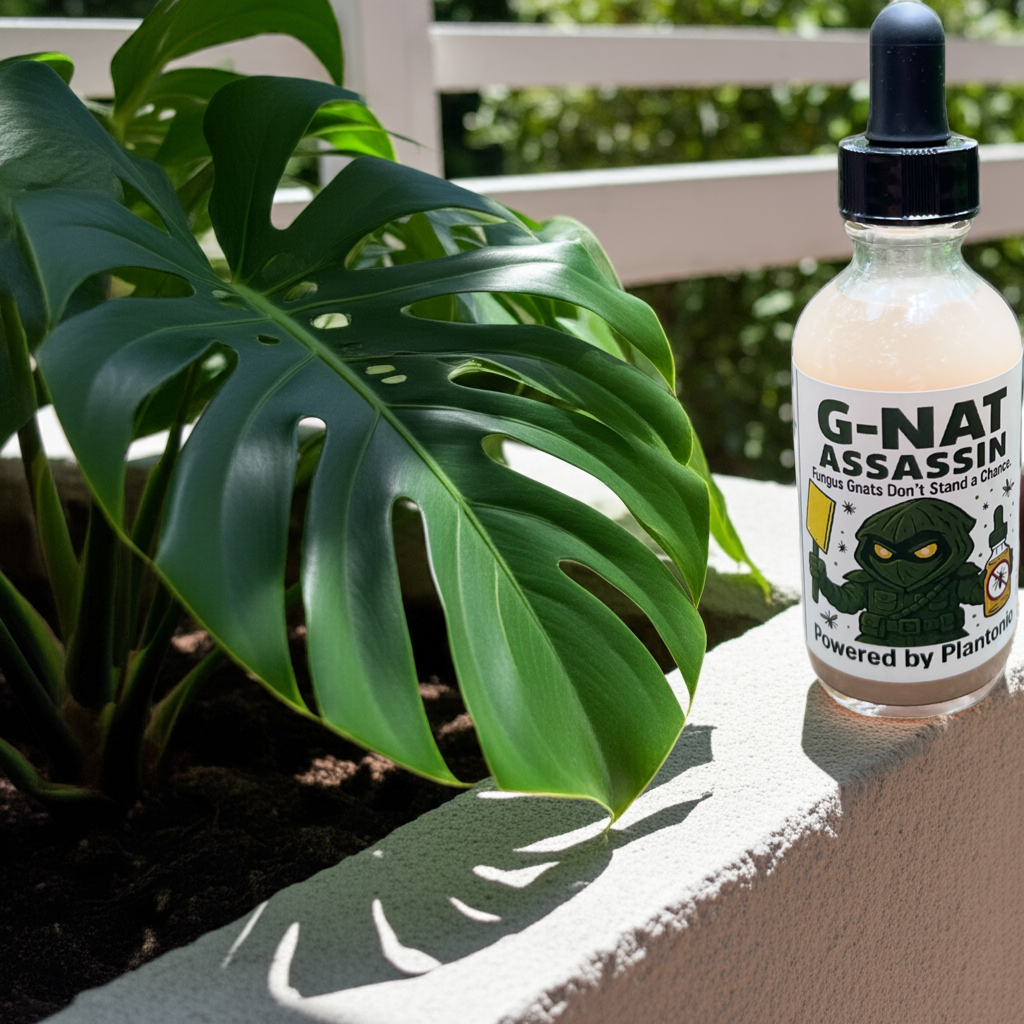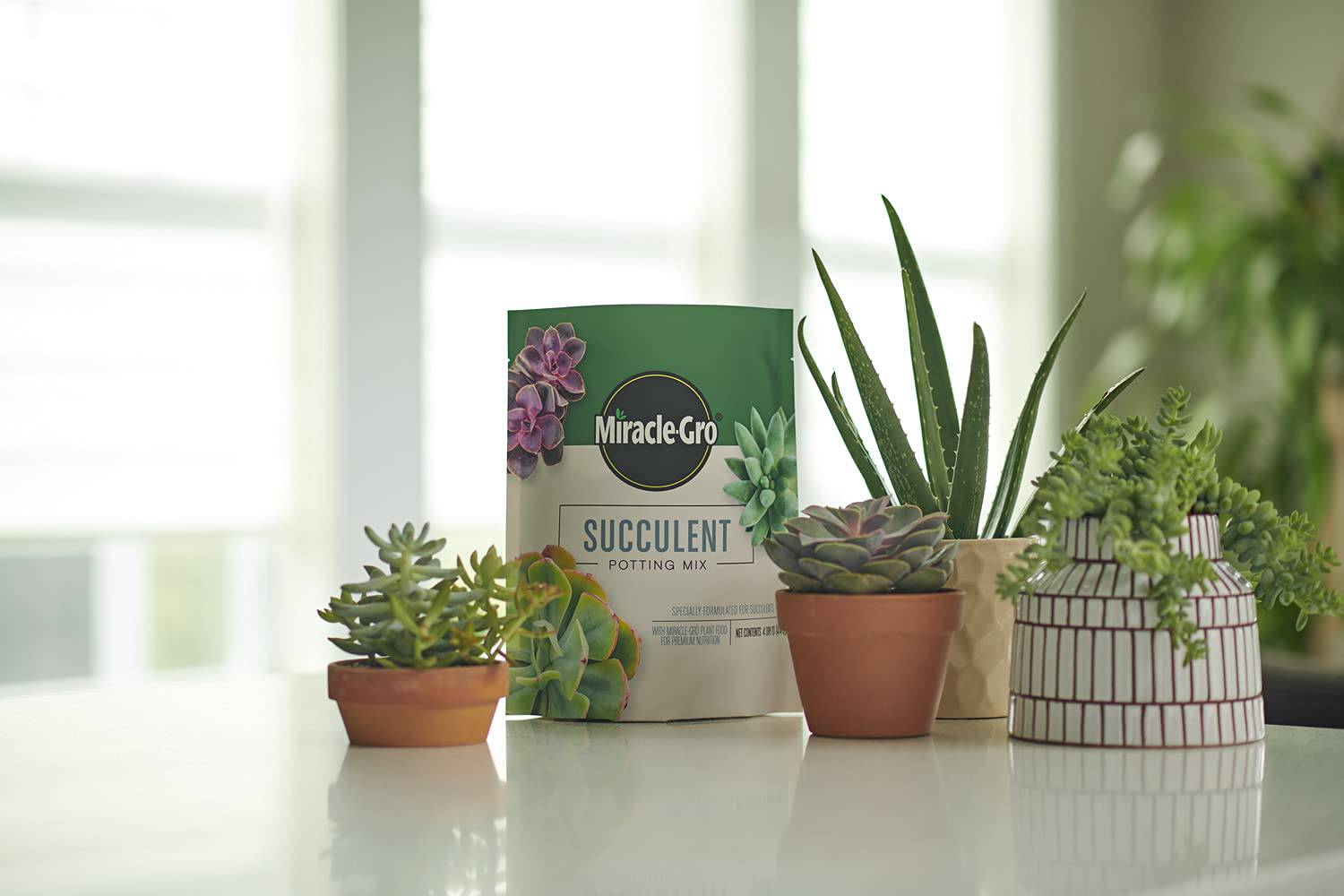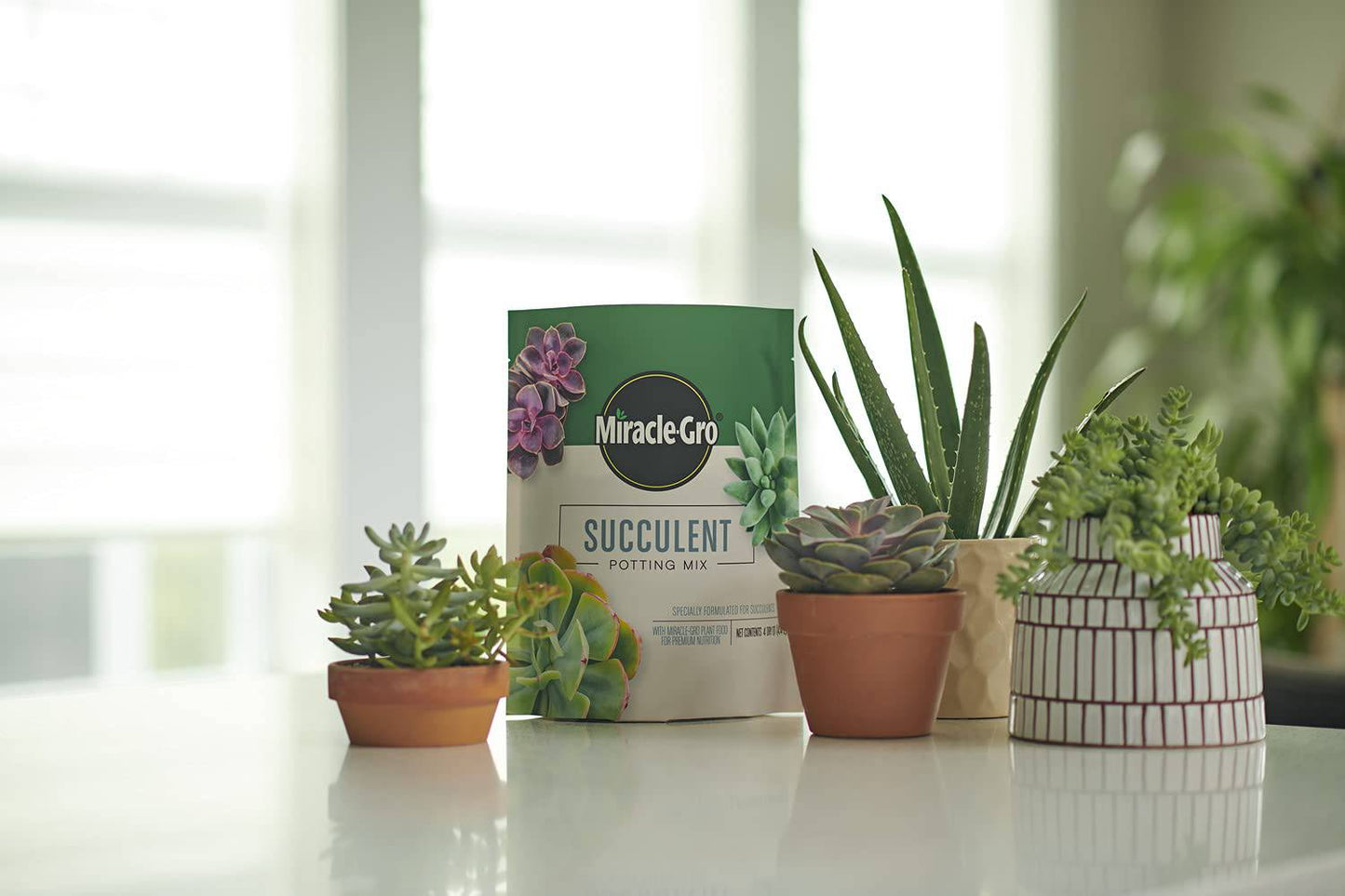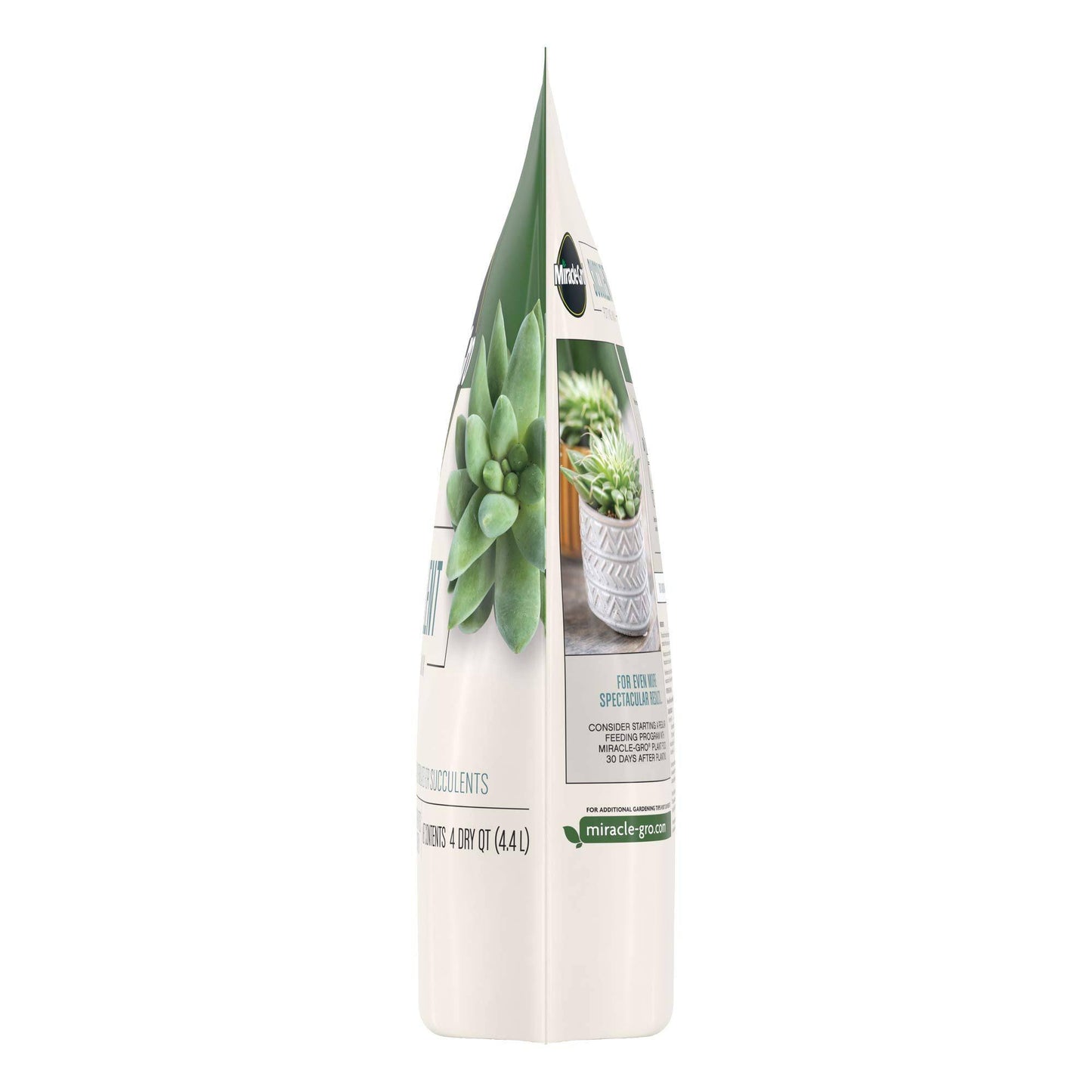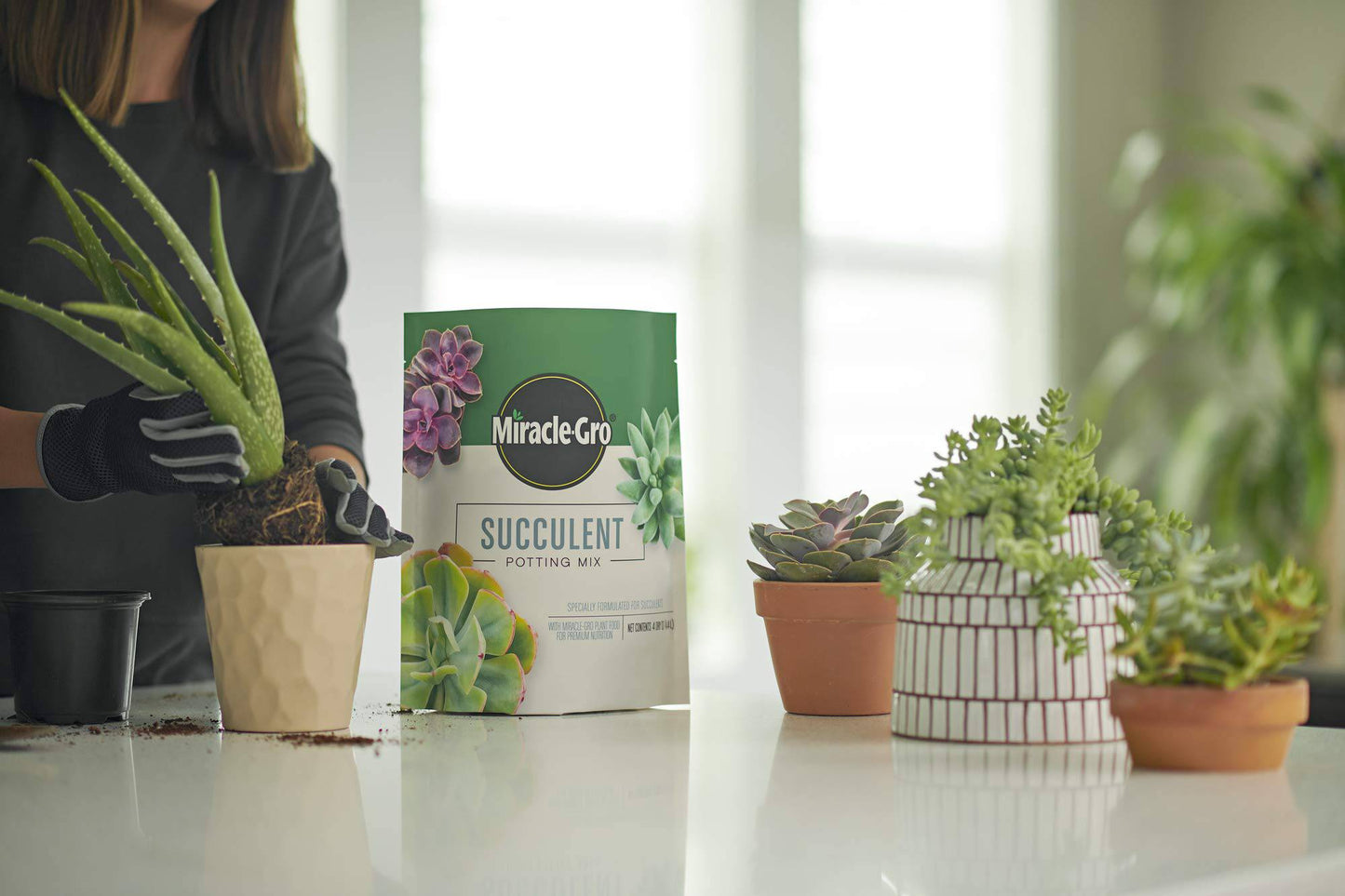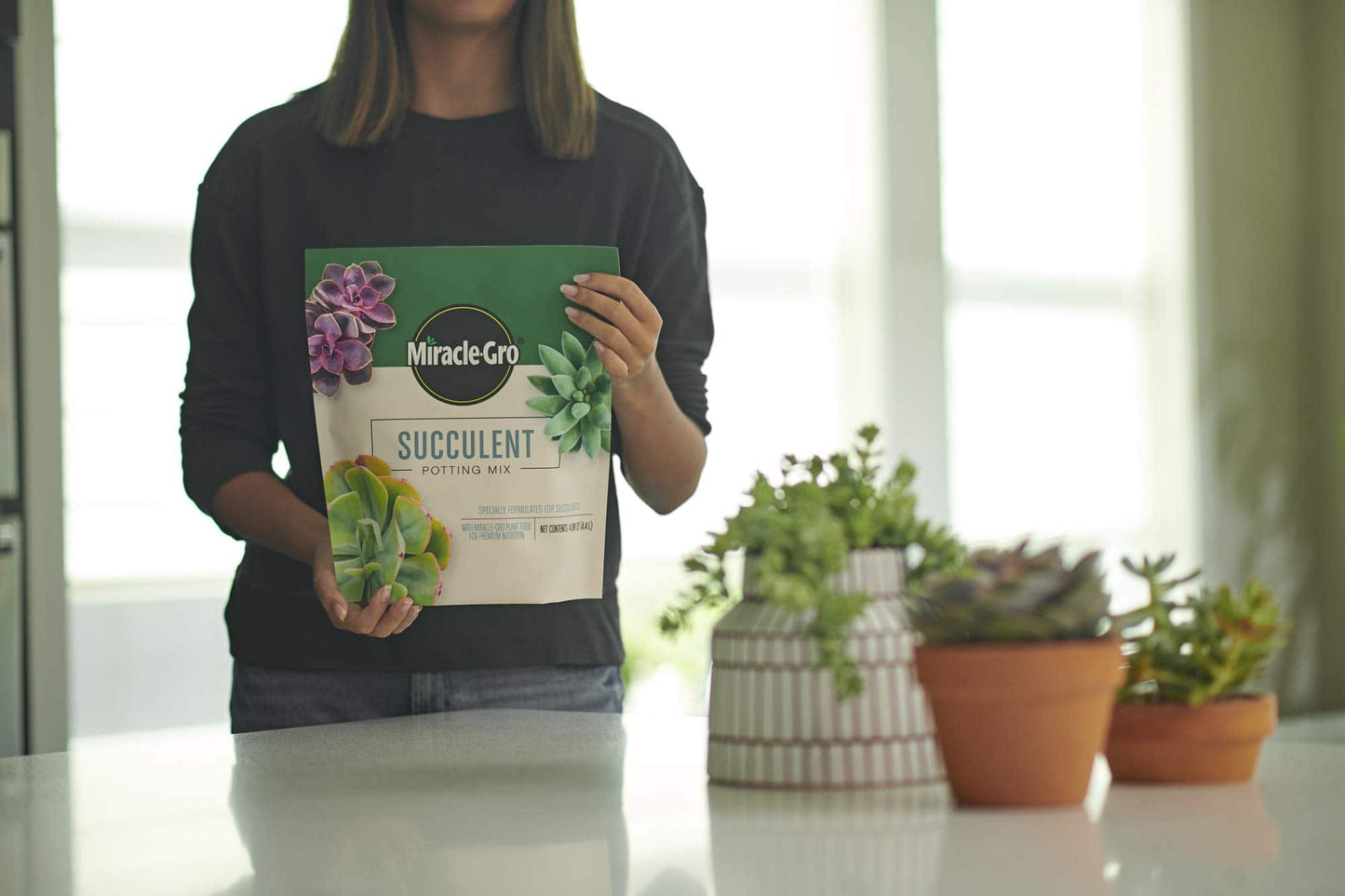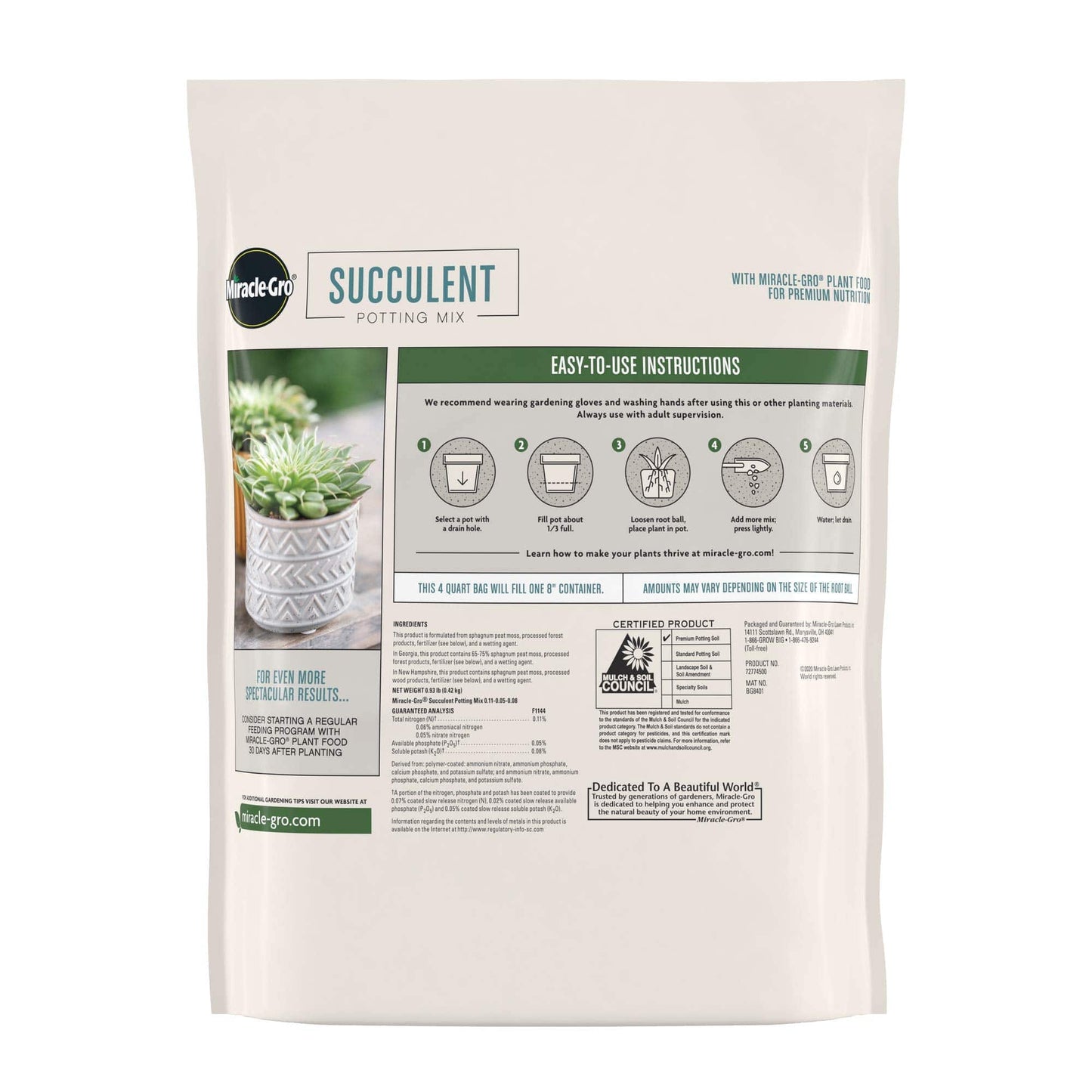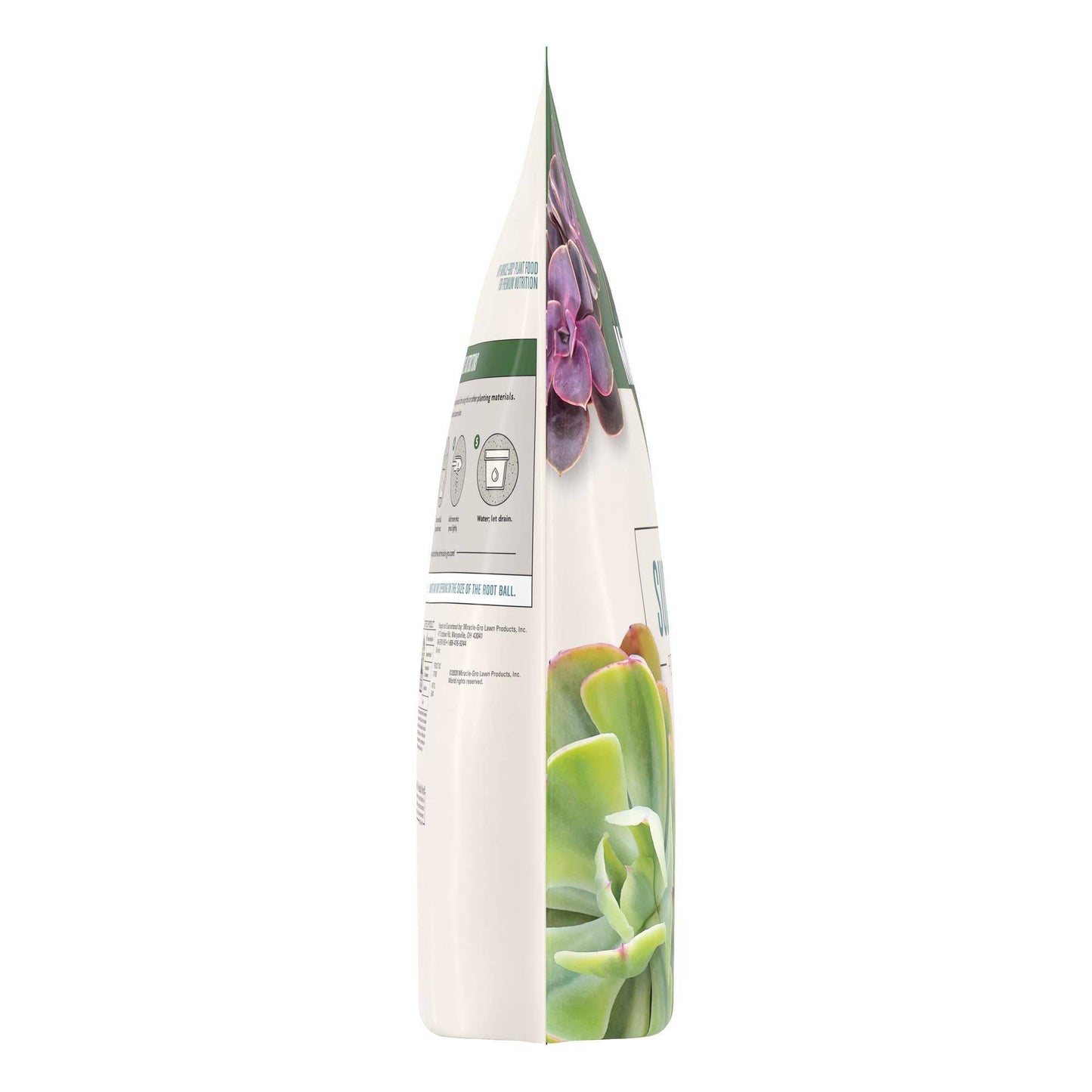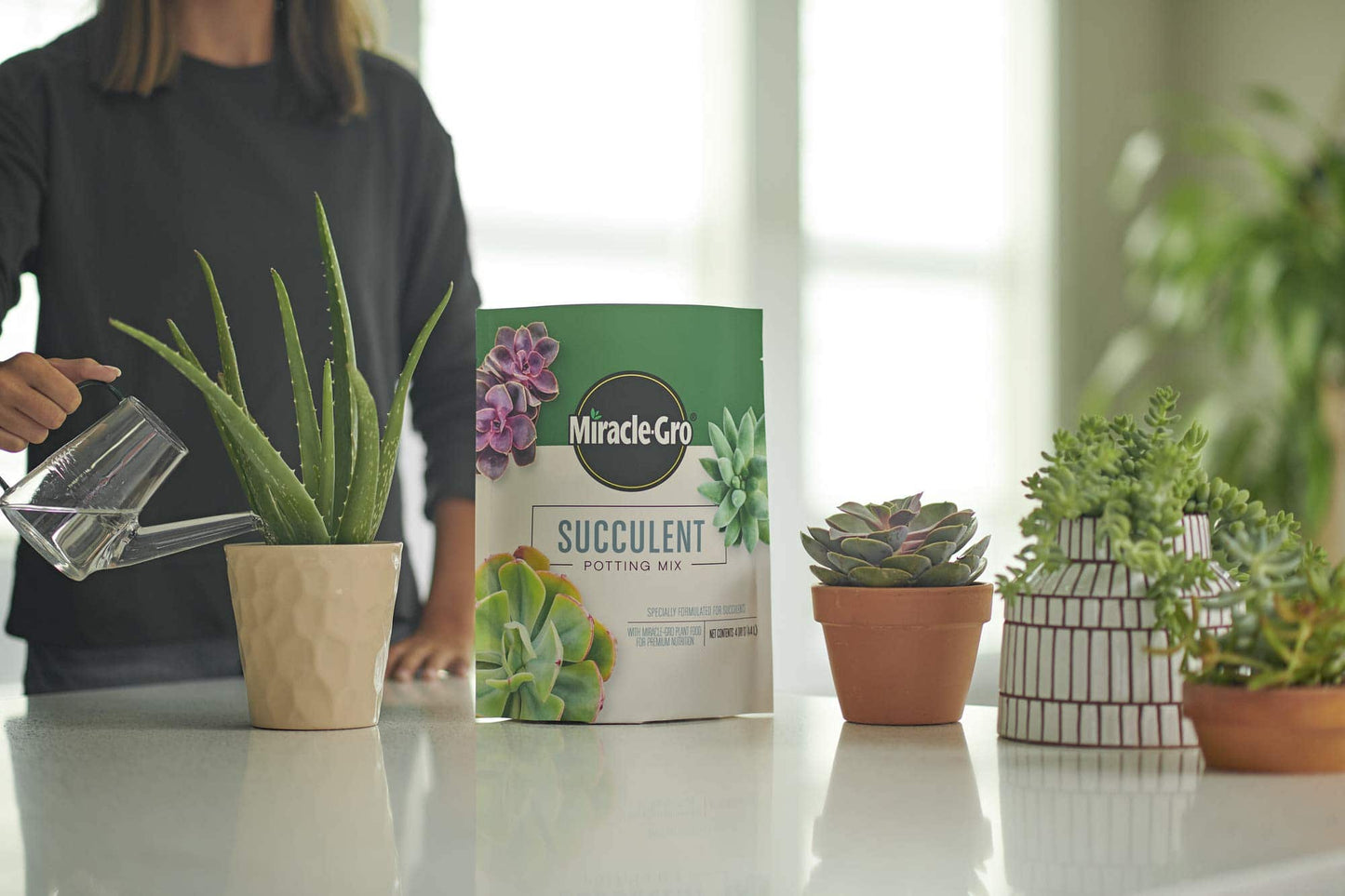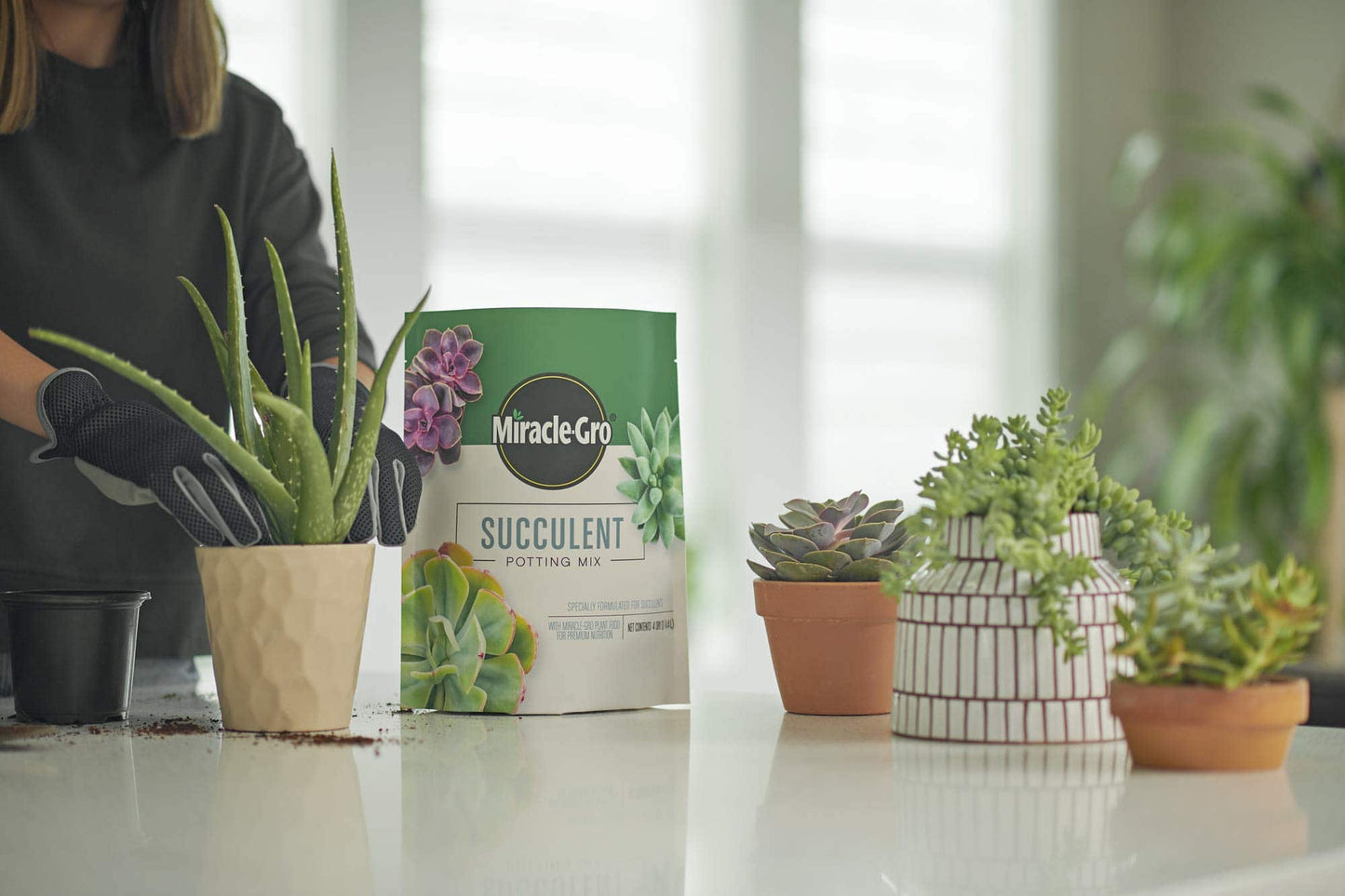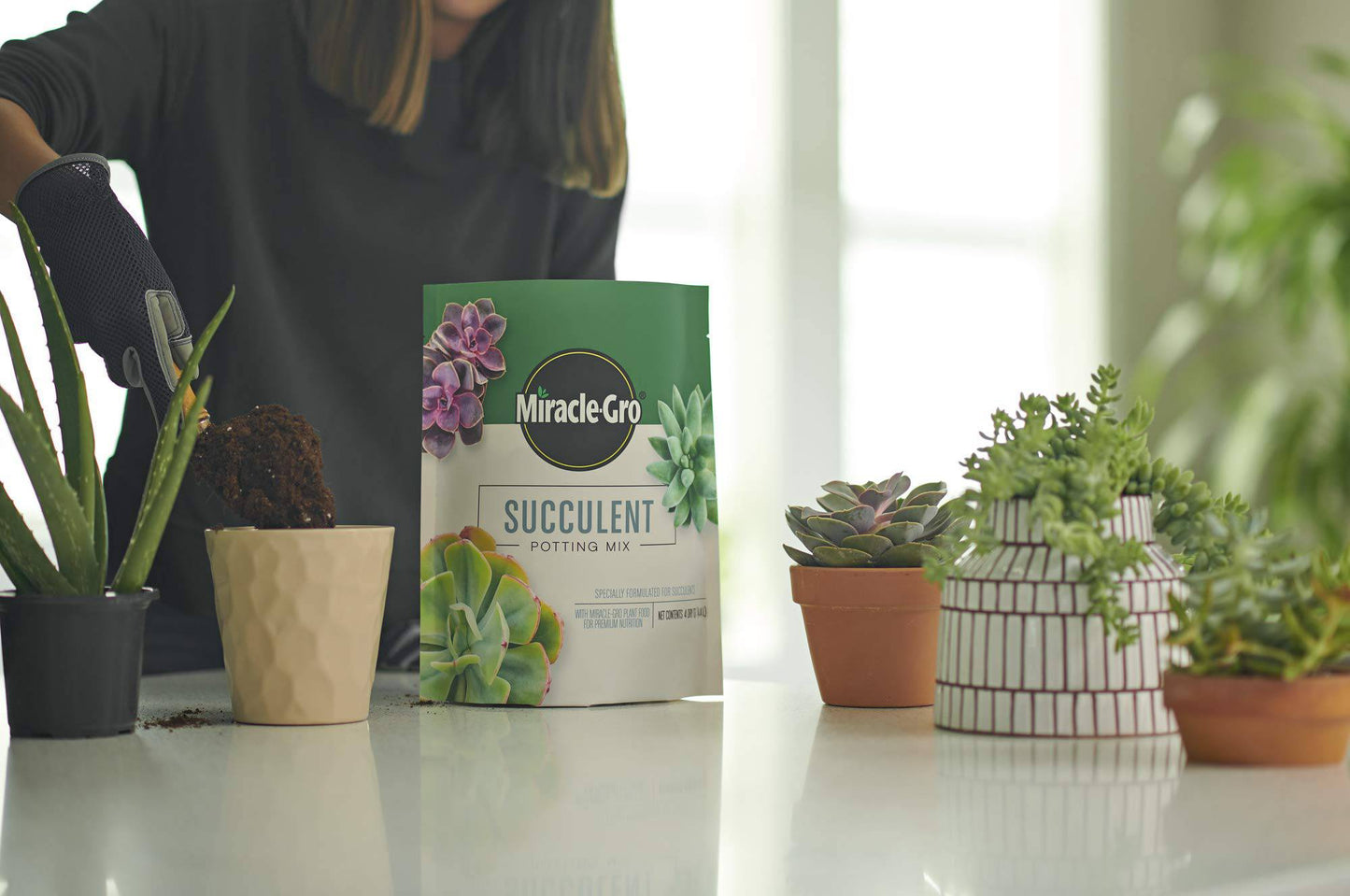Fungus Gnats: A Persistent Threat to Indoor Gardens
Fungus gnats, those tiny, dark flies that seem to appear out of nowhere, are a common problem for houseplant enthusiasts. Their presence can quickly turn a peaceful indoor oasis into a buzzing nuisance, and their larvae, hidden within the soil, can wreak havoc on the roots of your cherished plants. Understanding the lifecycle and habits of these pesky insects is crucial for effectively controlling them and ensuring the health of your leafy companions.
The Fungus Gnat Life Cycle: A Constant Cycle of Nuisance
The lifecycle of a fungus gnat begins with the adult female laying eggs in moist soil. These eggs hatch into larvae, which are tiny, white, worm-like creatures that feed on decaying organic matter and, unfortunately, the roots of your plants. As the larvae grow, they can cause significant damage to the root system, making your plants vulnerable to diseases and stunting their growth. Once the larvae reach maturity, they pupate in the soil, eventually emerging as adults, ready to continue the cycle.
This continuous reproduction can rapidly escalate into a full-blown infestation, turning your once serene indoor garden into a buzzing battleground. It's a constant cycle of nuisance that requires a proactive and multi-pronged approach to effectively control.
Effective Control Measures for Fungus Gnats: A Comprehensive Guide
Fighting a fungus gnat infestation requires a combined strategy that addresses both the adults and their larvae. Here's a breakdown of the most effective methods to achieve lasting control:
1. Targeting the Larvae: Mosquito Bits & BTI Solutions
One of the most effective ways to combat fungus gnats is to target their larvae before they can develop into adults. This is where **Mosquito Bits** and **BTI (Bacillus thuringiensis israelensis)** enter the picture. These biological insecticides, while primarily designed to control mosquito larvae, are highly effective against fungus gnat larvae as well, offering a natural and environmentally friendly solution.
Summit 116-12 Quick Kill Mosquito Bits, 8-Ounce 
SUMMIT CHEMICAL CO 117-6 30OZ Mosquito Bits 
BTI is a naturally occurring bacterium that is highly effective against both mosquito and fungus gnat larvae. When applied to the soil, it produces a toxin that paralyzes and kills the larvae, preventing them from developing into adults. This targeted action effectively breaks the fungus gnat lifecycle.
Mosquito Bits, small, granular pellets containing BTI, offer a simple and convenient application method. Just sprinkle them on the surface of the soil, and once watered, the BTI dissolves and releases the toxin, effectively controlling the larvae. This natural approach offers a safe and environmentally friendly solution, making it ideal for organic gardeners and those concerned about the impact on pets and beneficial insects.
2. Trapping Adult Fungus Gnats: Sticky Traps
While BTI effectively tackles the larvae, controlling the adult fungus gnats is equally important. **Sticky Traps** are a simple and highly effective method for catching these annoying pests.
Yellow sticky traps are particularly effective at attracting and trapping fungus gnats. Fruit Fly Traps Fungus Gnat Traps Yellow Sticky Bug Traps are designed specifically for this purpose, offering a cost-effective and non-toxic solution. These traps come in various shapes, like butterflies and trees, which can even enhance the aesthetic appeal of your plant arrangements. 
Place these traps strategically around your plants, ensuring they are within the flight path of the adult gnats. Be sure to replace the traps regularly, as they can become saturated with trapped gnats and lose their effectiveness. For best results, place a few traps around each infested plant.
3. Other Natural Control Strategies for a Holistic Approach
While BTI and sticky traps are highly effective, several other natural methods can be incorporated into your control strategy for a more comprehensive and long-term solution:
- Neem Oil: This natural insecticide, derived from the neem tree, is effective against a wide range of pests, including fungus gnats. It disrupts their lifecycle and can help control the population. Dilute the neem oil according to the instructions and apply it to the leaves and soil of your plants. However, remember that neem oil can sometimes harm sensitive plants.
- Diatomaceous Earth: This finely ground powder made from fossilized diatoms is a natural and effective insecticide. It acts as an abrasive, damaging the exoskeletons of insects, causing them to dehydrate and die. Sprinkle diatomaceous earth around the base of your plants, avoiding contact with the leaves, as it can be irritating. Avoid getting it wet, as it will lose its effectiveness.
- Hydrogen Peroxide: A weak solution of hydrogen peroxide (3% solution diluted with water) can be poured into the soil to kill fungus gnat larvae. Repeat this treatment every few weeks to ensure effective control.
- Yellow Sticky Traps: These traps are a simple and cost-effective method for capturing and eliminating adult fungus gnats. Place them near infested plants and replace them as needed.
- Reduce Watering Frequency: Fungus gnats thrive in moist environments. Allow the soil to dry out slightly between waterings, discouraging their breeding and reducing their food source.
- Use a Well-Draining Potting Mix: Choose a potting mix that allows for good drainage, preventing water from pooling and creating a breeding ground for fungus gnats.
- Remove Any Debris From the Soil: Keep the soil surface clean by removing any dead leaves or other debris, which can attract fungus gnats and provide a place for them to lay their eggs.
- Use a Watering Can with a Fine Rose: This helps to prevent water from splashing onto the soil surface, which can create a more favorable environment for fungus gnats.
Additional Effective Fly Traps for Broader Protection
While fungus gnats are a significant concern for houseplant enthusiasts, other flying insects can also be annoying or potentially harmful. To provide broader protection for your home, consider using additional fly traps that target a wider range of insects.
-
VEYOFLY Flying Insect Trap: This trap uses a bright UV light to attract flies and other flying insects, effectively trapping them with a strong glue plate. This is a good option for areas with high levels of fly activity, such as kitchens and bathrooms.

-
Zevo Flying Insect Trap, Fly Trap, Fruit Fly Trap: This trap combines UV light with a special blue light to attract a variety of flies and gnats, safely trapping them on a disposable adhesive backing. It is a good option for areas with high levels of fly activity, such as kitchens and bathrooms.

Conclusion: A Flourishing Indoor Garden Without the Flies
While fungus gnats can be a frustrating and persistent pest, with a combination of preventive measures and effective control methods, you can create a flourishing indoor garden free from these pesky flies. By understanding their lifecycle, implementing the appropriate solutions, and practicing good plant care, you can enjoy the beauty and tranquility of your houseplants without the annoyance of these tiny but troublesome insects.


